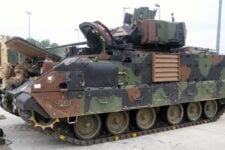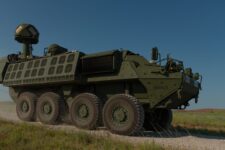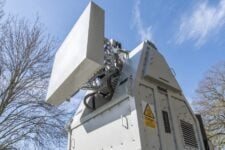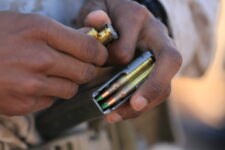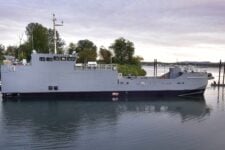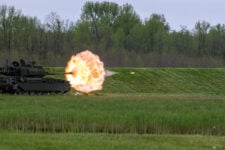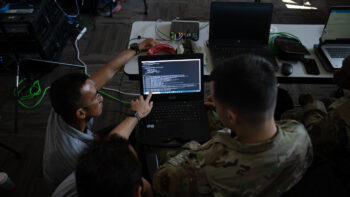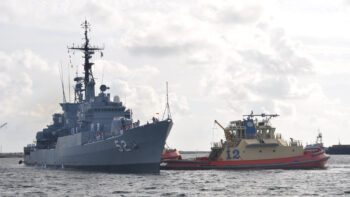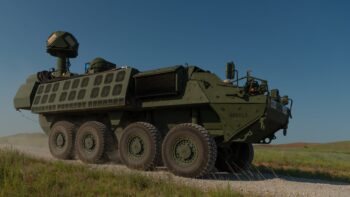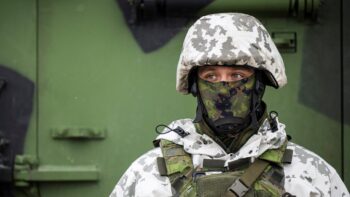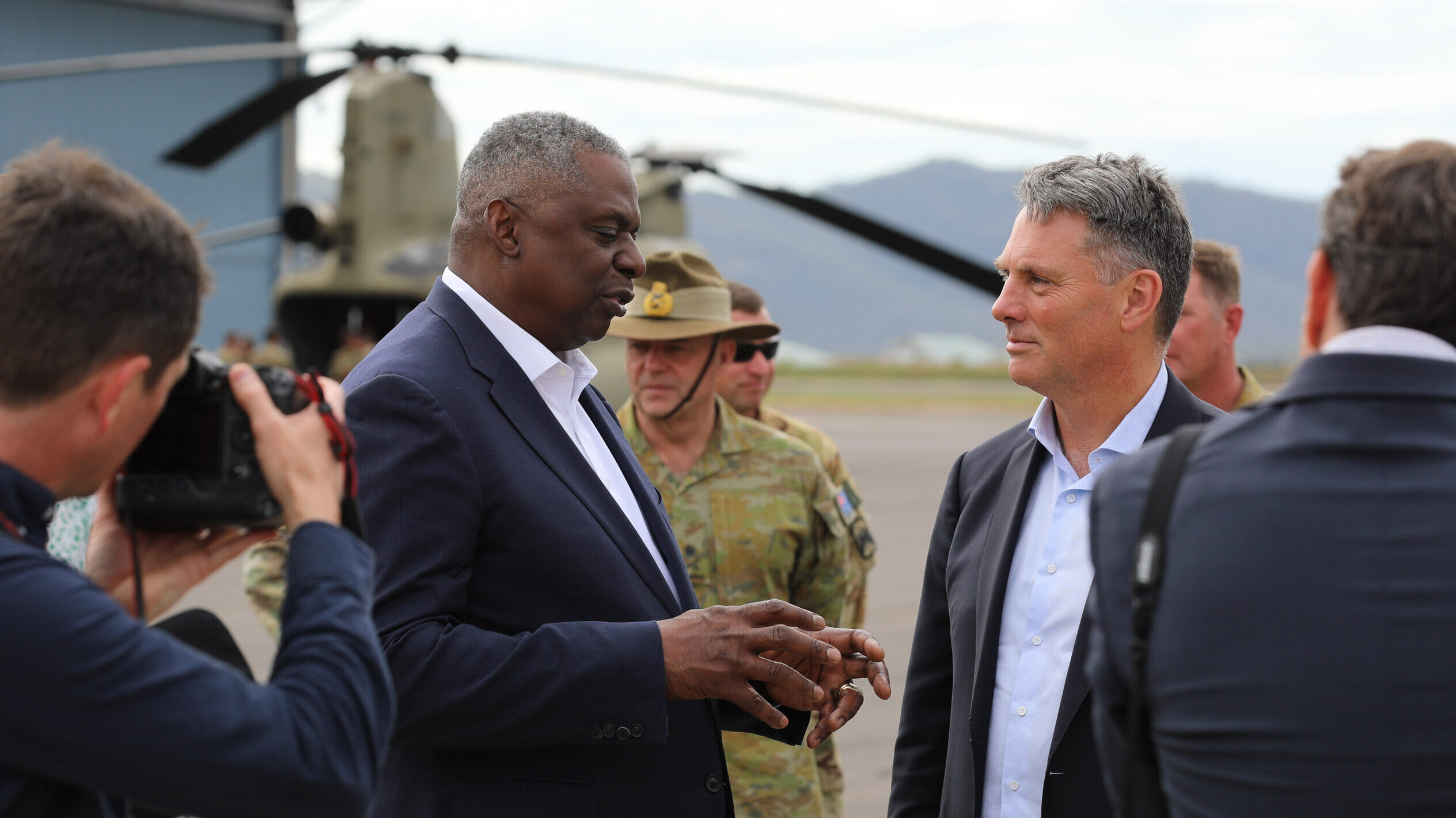
US Secretary of Defense Lloyd Austin talks with his counterpart, Deputy Prime Minister of Australia Richard Marles, during a recent visit to Australia. (DVIDS)
SYDNEY — Adding a new layer to their already extensive intelligence cooperation, Australia and the United States will create a new Combined Intelligence Center–Australia within Australia’s Defense Intelligence Organization by 2024.
The news was tucked into the joint statement issued at the end of the annual AUSMIN talks, where a new agreement to allow Australia to produce American-designed munitions in country was also announced.
While few details about the new intelligence sharing deal were released, the Australian defense minister, Richard Marles hailed it as a “significant step forward” toward what he called “seamless” intelligence sharing. “You’ll get an American perspective into the American system seen from Australia. And that is not insignificant.”
Functionally, it appears the Defense Intelligence Agency will embed personnel with the Aussie’s DIO. Focus areas are unknown, but a reasonable guess is China, illegal fishing and the effects of climate change since the statement said they will look at “issues of shared strategic concern in the Indo-Pacific.”
This new center will expand on the already vast sharing of intelligence that gets shared at Pine Gap, where the two countries run a remote and highly classified facility thought to perform both signals and space intelligence.
The other important concrete measure of cooperation between the two allies was a broadening and deepening of joint production of artillery, driven by the lessons of Russia’s illegal invasion of Ukraine.
US Defense Secretary Lloyd Austin said Saturday that the US would be “racing” to give Australia access to advanced munitions. In the AUSMIN joint communique issued after the speeches, the two countries said they would produce Lockheed Martin’s Guided Multiple Launch Rocket System munition. On top of that, they “reaffirmed their commitment to address global supply chain constraints and to transfer technical data for the M795 155mm artillery shell in support of future production in Australia.” And the foreign and defense ministers said Australia and the US would speed to maintain, “repair, overhaul, and upgrade” MK-48 heavyweight torpedoes and SM-2 missiles in Australia.
“This can’t happen soon enough,” tweeted Ashley Townshend, senior fellow for Indo-Pacific security at the Carnegie Endowment for International Peace, who called the deal “excellent news.” Townshend added that he would like to eventually see agreements for Australia that sees the Lucky Country “be part of manufacturing and stockpiling missile systems like LRASM, JASSEM-ER, SM6, HIMARS, and Tomahawks,” although those systems were not mentioned in the communique.
Australia has made so-called “sovereignty” a key policy goal in the last few years, meaning the military would like to boast of as much local defense production and suppliers as possible, given the relatively small market here and it’s relatively remote location.
The war in Ukraine has seen enormous numbers of GMLRS rounds used by the HIMARS launch system and the White House has taken the rare step of asking Congress to approve multi-year purchases of some munitions in the wake of the war.
Although multi-year contracts are traditionally reserved for larger ship and aircraft programs, the war has highlighted the need to boost US munition stockpiles and associated production lines. Those lessons helped orchestrate a provision in the fiscal 2023 defense authorization bill to provide the Pentagon with new authorities to ink such deals for a slew of programs including GMLRS and PAC-3. However, for any deal above the $500 million threshold, congressional appropriators must first sign off.




